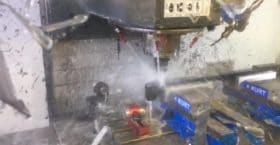
If you have ever looked into injection molding for your plastic parts, your first question was likely why are injection molds so expensive? An injection mold is easily the most expensive part of the project, and can dramatically increase costs for small part runs. The main factors that influence the cost of an injection mold […]
Read More »
Prototyping is a necessary stage of product development that determines whether your production efforts will ultimately be successful or not. With the increased popularity of rapid prototyping, it is easier and more affordable than ever to produce plastic prototypes. When choosing how to create a plastic prototype, the two most popular options are additive processing […]
Read More »
The use of aerospace plastic components has quadrupled since 1970, thanks in large part to their strength-to-weight ratio. Since aerospace plastics provide the same strength as metal at a fraction of the weight, aerospace engineers could convert large portions of aerostructure from metal to plastic to significantly reduce an aircraft’s weight without compromising strength. Reduction […]
Read More »
Stiffness is one of the key mechanical properties of plastic, along with strength, hardness, and toughness. The stiffness of plastics is described by flexural modulus (the ability of a material to bend), which is measured in pounds per square inch (psi). The higher the flexural modulus, the stiffer the material; the lower the flexural modulus, […]
Read More »
In precision die stamping, a high-speed punch press and custom steel-rule dies are used to produce extremely precise identical parts, such as washers, gaskets, seals, insulators, graphics, and more. This process allows for the creation of extremely thin products that can hold tight tolerances at high volumes. At Reading Plastic, our custom CNC machined dies […]
Read More »
Today’s precision engineering plastics offer superior chemical resistance, higher temperature capability, greater dimensional stability, good wear resistance, and excellent machinability. Below are five of the best precision engineering plastics on the market, able to tackle the most challenging applications in any industry. PEI (Ultem) With a tensile strength of 15,200 psi and continuous use up […]
Read More »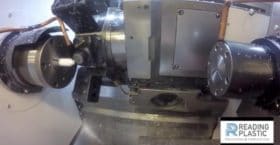
With decades of experience as a leading CNC plastic cutting service, Reading Plastic has the tools and knowledge necessary to create the high quality plastic parts you need. We excel at machining parts that hold tight tolerances of +/- .001, and can cut even the most advanced specialty plastics. Whether your job is a small […]
Read More »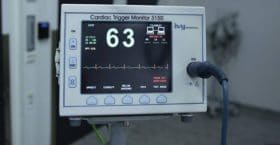
Plastics have been revolutionizing the medical device industry because they can be machined into complex designs, offer lightweight yet high strength alternatives to metal, and can withstand rigorous and repeated sanitizing. As a plastic medical device manufacturer, Reading Plastic knows that precision and speed are crucial to the medical industry. That is why we pride […]
Read More »
The development of CNC (Computer Numerical Control) machining helped to revolutionize aerospace design and engineering. The increased accuracy of CNC machining meant parts could be reliably produced to meet tight tolerances, allowing for more intricate designs and improving overall safety. Parts could also be produced faster and in larger quantities, lowering costs and increasing demand. […]
Read More »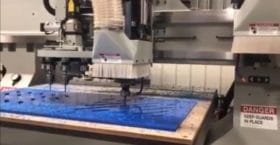
At Reading Plastic, we take in pride in our outstanding track record for exceptional CNC router services. We combine the latest tools and technologies with over three decades of plastic manufacturing experience to provide our customers with precise plastic parts that can hold tight tolerances and meet all design specs and requirements. We’re pleased to […]
Read More »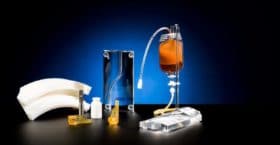
The incredible advances we’ve seen in medical devices and equipment over the last few decades are due in large part to specialty plastics and the development of medical machining. Precise CNC machining allows for a high degree of accuracy and repeatability, and can produce parts with extremely tight tolerances. Medical machining can also accommodate specialty […]
Read More »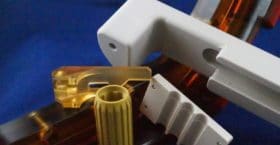
Torlon® is a high-performance, non-crystalline engineering thermoplastic that provides reliable strength and performance at high temperatures. Its unique combination of properties makes it ideal for the most extreme and punishing environments, such as racecar engines and NASA’s space shuttles. At Reading Plastic, we have an excellent track record of producing precision parts that hold tight […]
Read More »